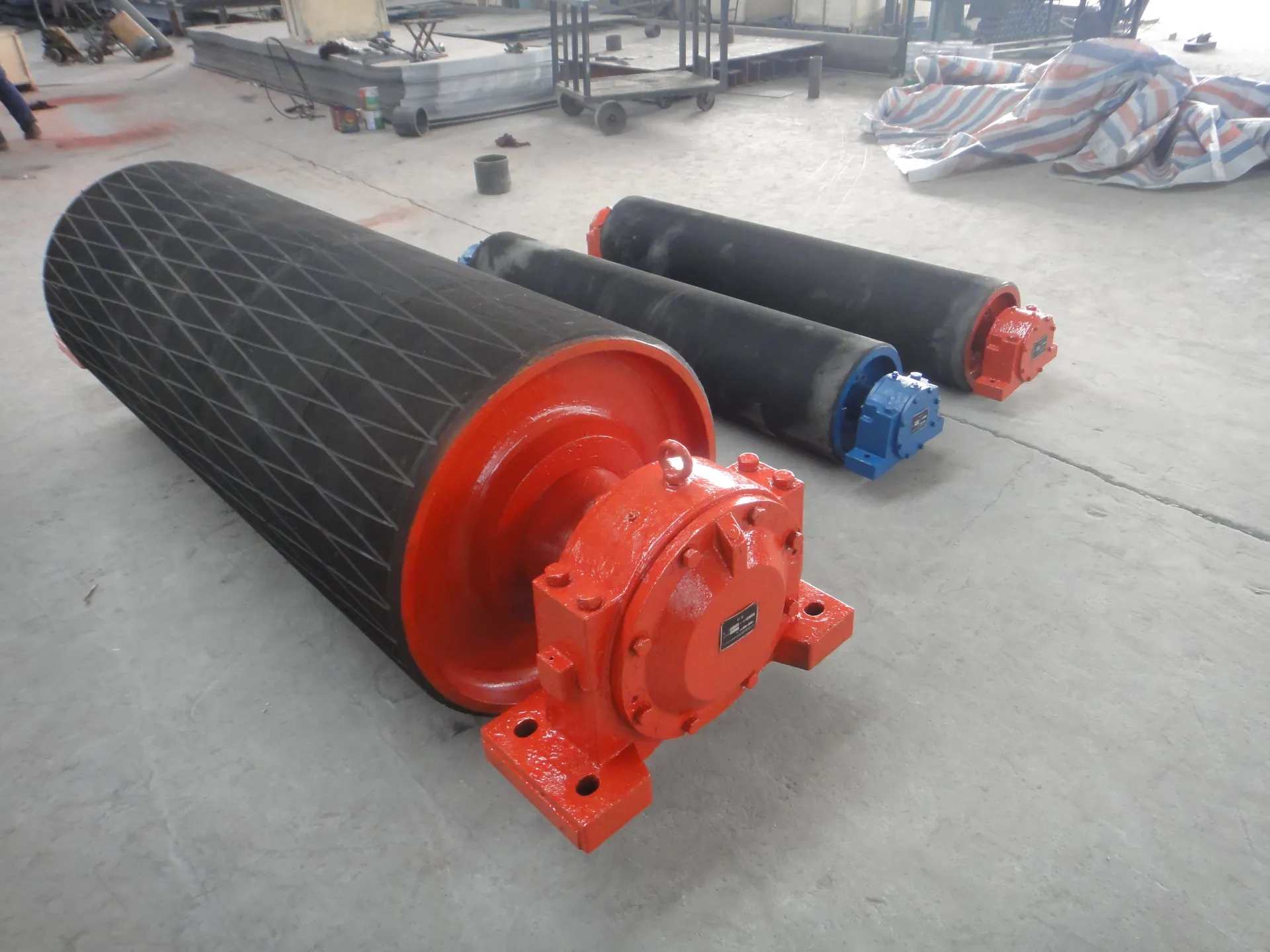 Afrikaans
Afrikaans  Albanian
Albanian  Amharic
Amharic  Arabic
Arabic  Armenian
Armenian  Azerbaijani
Azerbaijani  Basque
Basque  Belarusian
Belarusian  Bengali
Bengali  Bosnian
Bosnian  Bulgarian
Bulgarian  Catalan
Catalan  Cebuano
Cebuano  Corsican
Corsican  Croatian
Croatian  Czech
Czech  Danish
Danish  Dutch
Dutch  English
English  Esperanto
Esperanto  Estonian
Estonian  Finnish
Finnish  French
French  Frisian
Frisian  Galician
Galician  Georgian
Georgian  German
German  Greek
Greek  Gujarati
Gujarati  Haitian Creole
Haitian Creole  hausa
hausa  hawaiian
hawaiian  Hebrew
Hebrew  Hindi
Hindi  Miao
Miao  Hungarian
Hungarian  Icelandic
Icelandic  igbo
igbo  Indonesian
Indonesian  irish
irish  Italian
Italian  Japanese
Japanese  Javanese
Javanese  Kannada
Kannada  kazakh
kazakh  Khmer
Khmer  Rwandese
Rwandese  Korean
Korean  Kurdish
Kurdish  Kyrgyz
Kyrgyz  Lao
Lao  Latin
Latin  Latvian
Latvian  Lithuanian
Lithuanian  Luxembourgish
Luxembourgish  Macedonian
Macedonian  Malgashi
Malgashi  Malay
Malay  Malayalam
Malayalam  Maltese
Maltese  Maori
Maori  Marathi
Marathi  Mongolian
Mongolian  Myanmar
Myanmar  Nepali
Nepali  Norwegian
Norwegian  Norwegian
Norwegian  Occitan
Occitan  Pashto
Pashto  Persian
Persian  Polish
Polish  Portuguese
Portuguese  Punjabi
Punjabi  Romanian
Romanian  Russian
Russian  Samoan
Samoan  Scottish Gaelic
Scottish Gaelic  Serbian
Serbian  Sesotho
Sesotho  Shona
Shona  Sindhi
Sindhi  Sinhala
Sinhala  Slovak
Slovak  Slovenian
Slovenian  Somali
Somali  Spanish
Spanish  Sundanese
Sundanese  Swahili
Swahili  Swedish
Swedish  Tagalog
Tagalog  Tajik
Tajik  Tamil
Tamil  Tatar
Tatar  Telugu
Telugu  Thai
Thai  Turkish
Turkish  Turkmen
Turkmen  Ukrainian
Ukrainian  Urdu
Urdu  Uighur
Uighur  Uzbek
Uzbek  Vietnamese
Vietnamese  Welsh
Welsh  Bantu
Bantu  Yiddish
Yiddish  Yoruba
Yoruba  Zulu
Zulu belt conveyor idler design
Belt Conveyor Idler Design A Comprehensive Overview
Belt conveyors play a pivotal role in material handling across various industries. At the heart of these systems lies the conveyor idler, a critical component that supports the belt and ensures efficient material transport. The design of conveyor idlers is vital for achieving optimal performance, minimizing maintenance needs, and ensuring a prolonged lifespan of the conveyor system.
Understanding Conveyor Idlers
Conveyor idlers, also known as rollers, are cylindrical components that support the belt as it moves around the conveyor system. They are primarily classified into different types carrying idlers, return idlers, and transition idlers, each serving a unique function. Carrying idlers support the weight of the conveyed material, while return idlers facilitate the smooth movement of the belt back to the loading zone. Transition idlers, on the other hand, assist in changing the direction of the belt, typically at transfer points.
Factors Influencing Idler Design
The design of belt conveyor idlers is influenced by several factors, including load capacity, material type, belt speed, and environmental conditions. It is essential to consider the weight and type of material being transported when selecting idlers, as different materials can exert varying levels of stress on the belt and idlers. Furthermore, the speed of the conveyor belt also affects idler design, as higher speeds may lead to increased wear and tear.
Materials and Durability
belt conveyor idler design

The selection of materials for conveyor idlers is crucial for durability and performance. Commonly used materials include steel, rubber, and plastic, each offering distinct advantages. Steel idlers are renowned for their strength and durability, making them ideal for heavy-duty applications. Conversely, rubber and plastic idlers are lighter and can help reduce friction, improving the overall efficiency of the system.
Design Considerations
An effective idler design must prioritize several key aspects. Firstly, the diameter of the idler impacts the belt's contact area, influencing friction and wear. A larger diameter can reduce belt wear but may increase the overall weight of the conveyor system. Secondly, the spacing between idlers should be optimized to ensure support without excessive deflection of the belt, which can lead to material spillage and increased maintenance costs.
Bearings are another critical component in idler design. High-quality bearings reduce friction and extend the lifespan of the idler, allowing for smoother operation. Lubrication systems, whether manual or automatic, should also be considered to minimize wear and enhance performance.
Conclusion
In conclusion, the design of belt conveyor idlers is a complex process that requires careful consideration of various factors, including load capacity, material type, environmental conditions, and bearing quality. By focusing on these design principles, industries can enhance their material handling efficiency, reduce maintenance costs, and ultimately ensure a more reliable conveyor system. As technology continues to advance, the future of conveyor idler design will likely incorporate innovations that further improve performance and durability, carving a path for continued progress in material handling solutions.
-
Revolutionizing Conveyor Reliability with Advanced Rubber Lagging PulleysNewsJul.22,2025
-
Powering Precision and Durability with Expert Manufacturers of Conveyor ComponentsNewsJul.22,2025
-
Optimizing Conveyor Systems with Advanced Conveyor AccessoriesNewsJul.22,2025
-
Maximize Conveyor Efficiency with Quality Conveyor Idler PulleysNewsJul.22,2025
-
Future-Proof Your Conveyor System with High-Performance Polyurethane RollerNewsJul.22,2025
-
Driving Efficiency Forward with Quality Idlers and RollersNewsJul.22,2025





























